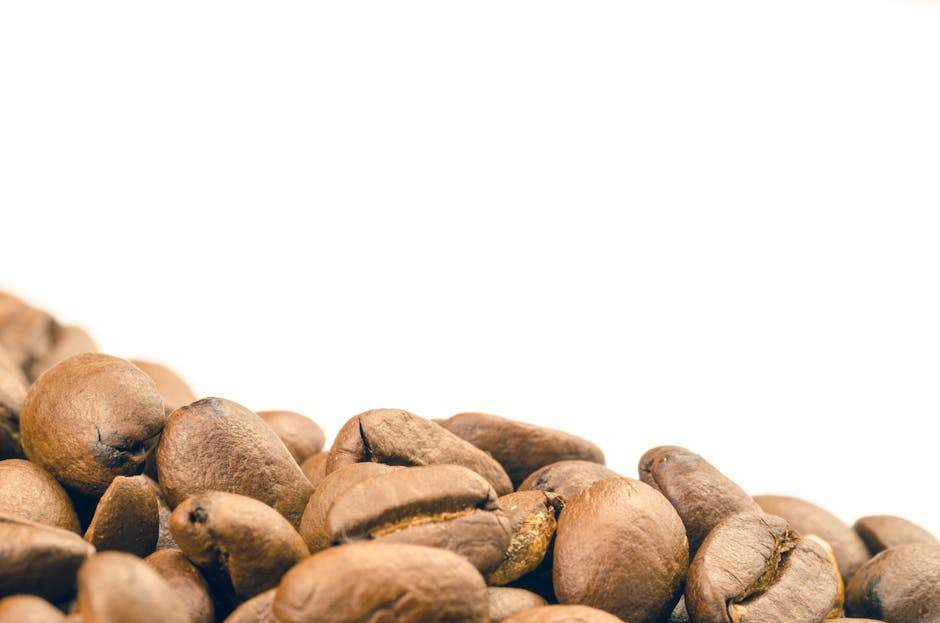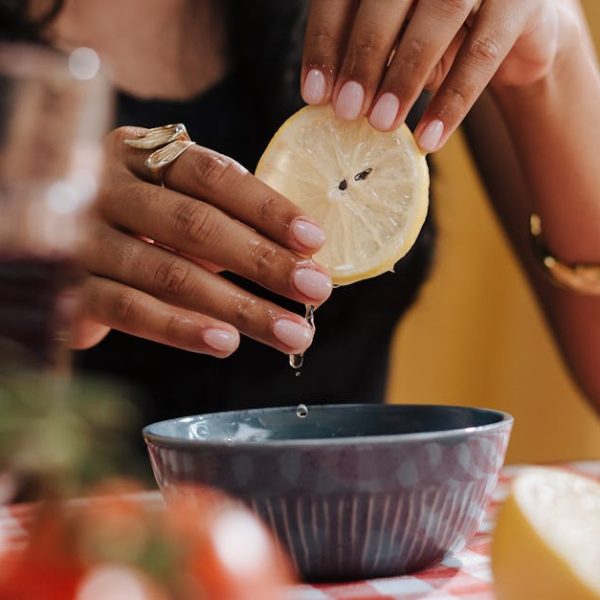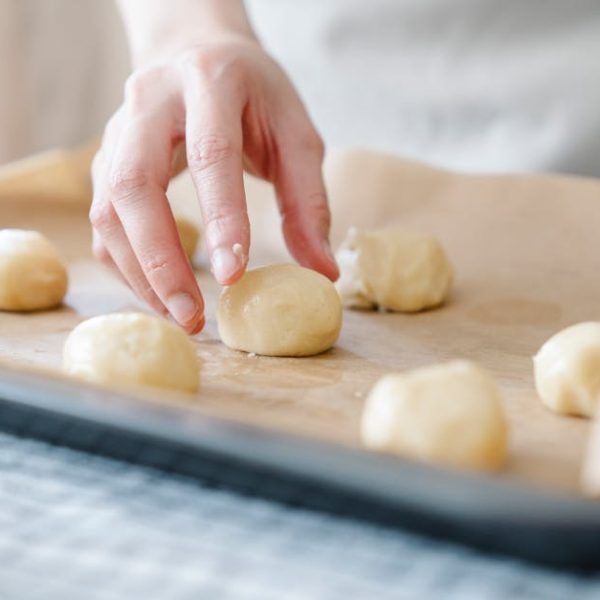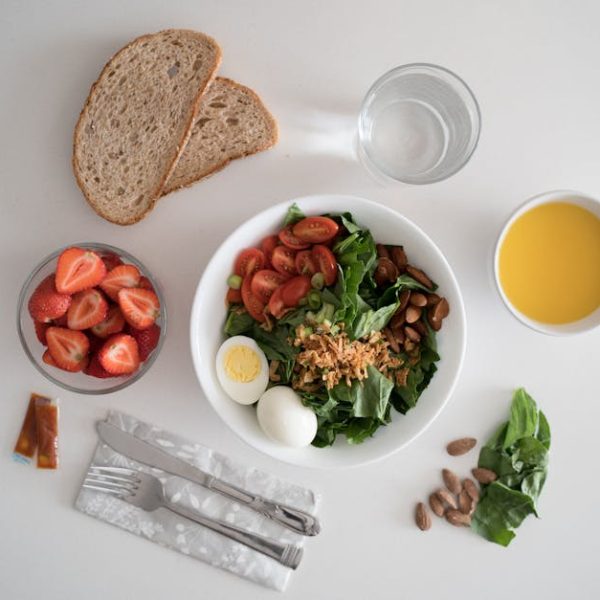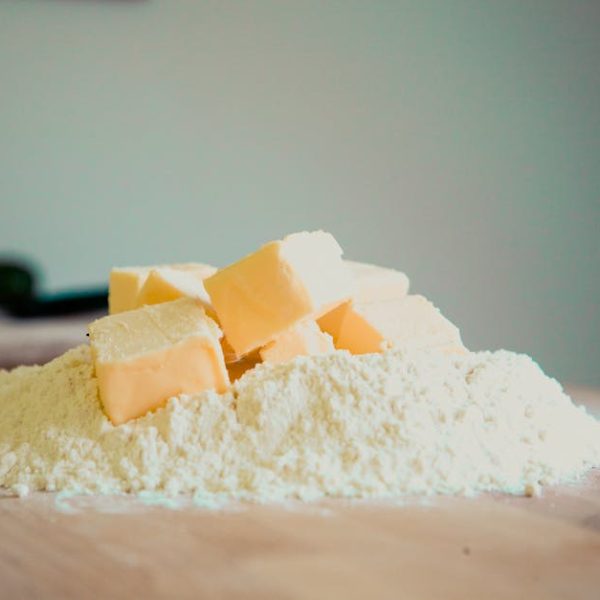How long coffee is good for might sound like a straightforward question, yet it does not possess a simple one-size-fits-all answer. The freshness lifespan of coffee depends on various factors including the type of coffee, its packaging, how you store it, and ultimately, what sort of coffee experience you’re looking for. This comprehensive guide aims to provide keen insights into the myriad factors affecting the shelf life of coffee.
Understanding the Coffee Shelf-Life
Like many food items, coffee also comes with a limited period of peak freshness known as shelf-life. However, defining exactly when its flavors peak or dramatically decline could be somewhat subjective as it significantly depends upon the beans’ roasting stage, the integrity of the packaging, and the conditions under which they are stored.
A finely roasted coffee bean, stored well, could offer you an inviting aroma and robust flavors anywhere from two weeks to one month. Over time, the volatile oils which harbor the flavor and aroma compounds tend to oxidize amid exposure to air, resulting in stale-tasting coffee.
💡 Pro Tip: To recognize fresh from stale coffee, be wary of properties like color, smell, and taste. Fresh coffee exhibits a rich aroma, vibrant acidity, and a dissimilar kind of bitterness. In contrast, stale coffee often imparts a dull, lifeless flavor with a certain flatness.
When it comes to packaging, coffee packed in vacuum-sealed bags tends to stay fresh longer than valve-sealed or loose coffee beans. This is because during vacuum-sealing the oxygen—an element that promotes staleness—is sucked out of the package.
How long do different types of coffee stay fresh?
The shelf-life of coffee greatly depends on its form: whole bean, ground, instant, pods, or freshly brewed. Whole bean coffee, for instance, can retain its freshness for up to a month. On the other hand, pre-ground coffee starts losing flavor and freshness almost immediately after grinding and generally lasts for a week or less, given ideal storage conditions. Instant coffee, despite not being the best in taste, boasts an impressively long shelf-life of several years, and coffee pods can last anywhere from 6 to 12 months. Lastly, fresh brews are best drunk immediately, but can still be enjoyable within 12 to 24 hours if properly stored.
✔ Shelf-Life Checklist:
- Whole Bean Coffee: 2 – 4 weeks
- Ground Coffee: 1 week
- Instant Coffee: Several years
- Coffee Pods: 6 – 12 months
- Fresh Brew: Up to 24 hours
The Science behind Coffee Degradation
The freshness of the coffee primarily revolves around its oils, which host the flavors and fragrance. As time progresses, these oils start to oxidize; a process that is accelerated by exposure to air, humidity, temperature shifts, and sunlight. These factors dramatically strip away the volatile compounds that provide coffee with its sensory appeal.
💡 Pro Tip: To retard coffee degradation, store coffee in a cool, dark, and dry place, preferably in an air-tight container. Avoid storing it in the fridge or freezer as extreme temperatures can cause condensation, further degrading coffee quality.
Safe Consumption of Old Coffee
While the consumption of stale or expired coffee may not necessarily pose serious health risks, it may not taste the best and could potentially grow mold or mildew if moisture is present. The real risk lies in bacteria like Stenotrophomonas maltophilia and Bacillus, which can survive in your coffee maker and can cause illness, particularly in those with compromised immune systems.
On the pro side of drinking old coffee, you might be cutting down waste and saving money. On the con side, you may find the taste severely lacking, and as mentioned, there could be potential health risks in certain cases.
✔ Beware of these signs that your coffee is past its prime:
- Mold or mildew presence
- Unpleasant or sour smell
- A noticeably flat or off-taste
Maintaining Coffee Freshness: Effective Storage Tips
To enhance your coffee’s shelf life and maintain its freshness, it must be stored under certain conditions. A cool, dark, and airtight environment can largely minimize the coffee’s exposure to light, air moisture, and drastic temperature variations— factors that induce staleness.
Consider these best practices when storing different kinds of coffee:
- Whole beans: An airtight ceramic or glass container in a cool, dark place will prolong freshness.
- Ground coffee: It degrades faster due to increased surface area, so consume quickly after opening or invest in quality vacuum-sealed containers.
- Instant coffee: Keep it sealed in its original container, store in a dark, dry pantry, and it should last for years.
- Coffee Pods: Store in their original packaging until used to maintain freshness. Avoid high-temperature areas.
Lastly, comparing different storage containers, it becomes evident that while paper bags are eco-friendly, they are less effective in preserving freshness. Glass jars and tin containers, particularly if vacuum-sealed, are good options. Special coffee vaults might offer the best solution for coffee storage with built-in Fresnel lenses to block light and a CO2 releasing one-way valve.
Comparison of Different Coffee Storage Containers:
| Storage Type | Effectiveness |
|---|---|
| Paper Bags | Less Effective |
| Glass Jars | Effective |
| Tin Containers | Effective |
| Coffee Vaults | Most Effective |
Conclusively, understanding the shelf-life of coffee and the factors influencing it can elevate your coffee experience while ensuring its safe consumption. Proper storage gives life to your coffee, making every cup worth the sip!
Key Takeaway:
- Shelf-life of coffee is influenced by factors including the roasting process, packaging, storage conditions, and method of brewing.
- Different types of coffee such as whole bean, ground, instant and coffee pods have different freshness durations.
- Coffee degrades over time due to factors like heat, light, moisture, and air.
- While it may not be a severe health risk, consuming stale or expired coffee can potentially lead to ingestion of molds or bacteria like Stenotrophomonas maltophilia and Bacillus.
- Proper storage of coffee in cool, dark, airtight environments can prolong its freshness.
In summation, the secret to enjoying a good cup of coffee lies in understanding how and when coffee starts to lose its freshness, and the importance of correct storage techniques to maintain its best taste. Following the insights and practices shared will help you savor every sip till the last drop.
FAQs
Q: What happens if you consume stale coffee apart from the bad taste?
A: While it’s not really harmful, it could potentially cause stomach discomfort. In certain cases where moisture has made its way into the storage, it could lead to mold growth and consumption could result in illness.
Q: Is there a way to rejuvenate stale coffee?
A: Unfortunately, once coffee becomes stale, there’s no real way to bring back its initial bold flavor and aroma. The best is to prevent it from going stale by using proper storage techniques.
Q: How should I store instant coffee to ensure it lasts the longest?
A: Instant coffee should be sealed in its original container and stored in a dark, dry pantry, ensuring it stays fresh for years.
Q: Why should coffee be stored in dark places?
A: Light can speed up the oxidization of the volatile oils in coffee that carry its flavor and aroma, leading it to become stale quicker.
Q: Can I refrigerate my coffee to keep it fresh?
A: It’s not recommended to store coffee in the fridge or freezer as the temperature extremes can cause condensation that will degrade the coffee.
Encourage keen coffee enthusiasts to share this article and check out more posts for a better understanding of how to achieve the best possible coffee experience!
